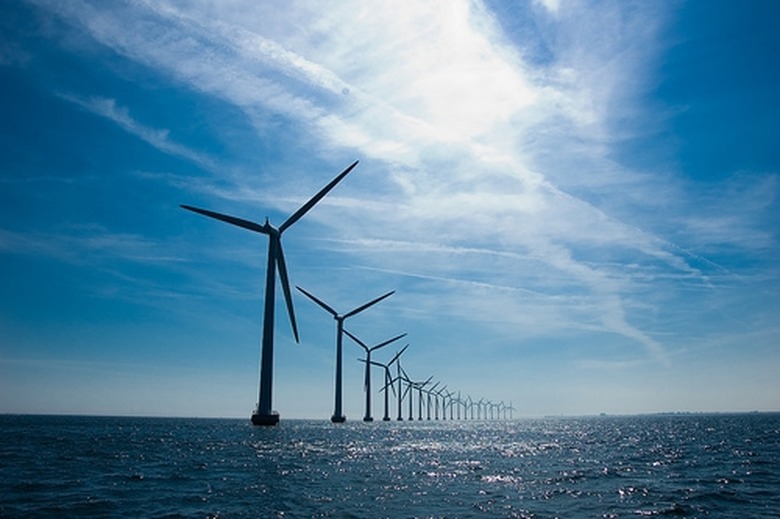Homemade Windmills For Electricity
Alternative energy is an ongoing concern, and for some people, finding a way to harness alternate sources of electricity becomes an important task. Some will spend money on expensive solar panels, but those with more ingenuity may find it interesting to build their own windmill. It is actually a lot easier than you might think.
Obtain the Motor
Obtain the Motor
Any small motor can be converted into a windmill generator. Small electric motors that are lightweight work best. Electric fan motors work great for experimental windmills. Industrial fan motors also work well and even have nice sheet metal blades attached, but they are also very heavy and difficult to turn in the wind. Many people use car alternators to build windmills capable of producing more power.
For someone who is building a homemade windmill for the first time, a treadmill motor may be the easiest to work with. These motors have a free-moving flywheel mounted to the front, which makes an ideal platform for attaching blades.
Construct the Blades
Construct the Blades
The blades of the windmill are a critical element. They must be wide and long enough to catch the wind, as well as having the proper curvature to turn them into a wind sail. Fortunately, there is a very simple method of constructing homemade windmill blades that are as good as any that are professionally engineered.
Acquire a piece of 8-inch PVC pipe that is approximately 2 feet long. This pipe will have the ideal curvature for your windmill blades. You may have to special order the pipe through a hardware store. Cut the pipe into strips that start at 5 inches and taper down to 2 inches at the point where they connect to the motor. Using a belt sander to round the edges will help direct more wind into the blades.
Mount the Assembly
Mount the Assembly
Use a piece of "channel aluminum" ranging from 36 to 48 inches as the frame for the windmill. Secure the motor (with blades attached) to the far end of frame. Attach a wind tail to the opposite end. The wind tail is essentially a large flat fin that will turn the windmill if the wind is blowing from the side. A square piece of sheet metal works great for this purpose.
Buy a length of 1.5" steel pipe to serve as the pole for the windmill. Attach a "pipe union" to the top of the pole, and then attach the windmill to that fitting. The pipe union will allow the windmill to spin freely into the direction of the wind.
Wire the Windmill for Electricity
Wire the Windmill for Electricity
The power supplied by windmills is not consistent, so rather than plugging an appliance directly into the windmill, the windmill is used to charge a bank of batteries. A windmill this size is capable of charging a 12-volt battery. A car battery can be used, or two 6-volt golf cart batteries can be linked together.
Connect the lead wires from the motor to a rectifier, then connect similar sized wires from the rectifier to the battery bank. The rectifier keeps the current flowing one-way, from the windmill to the batteries, so that your juice is not wasted on making the windmill spin. An additional wire should be used to ground the windmill as a precaution against lightning strikes.
References
Cite This Article
MLA
Garner, Jerry. "Homemade Windmills For Electricity" sciencing.com, https://www.sciencing.com/homemade-windmills-electricity-5417149/. 24 April 2017.
APA
Garner, Jerry. (2017, April 24). Homemade Windmills For Electricity. sciencing.com. Retrieved from https://www.sciencing.com/homemade-windmills-electricity-5417149/
Chicago
Garner, Jerry. Homemade Windmills For Electricity last modified March 24, 2022. https://www.sciencing.com/homemade-windmills-electricity-5417149/
